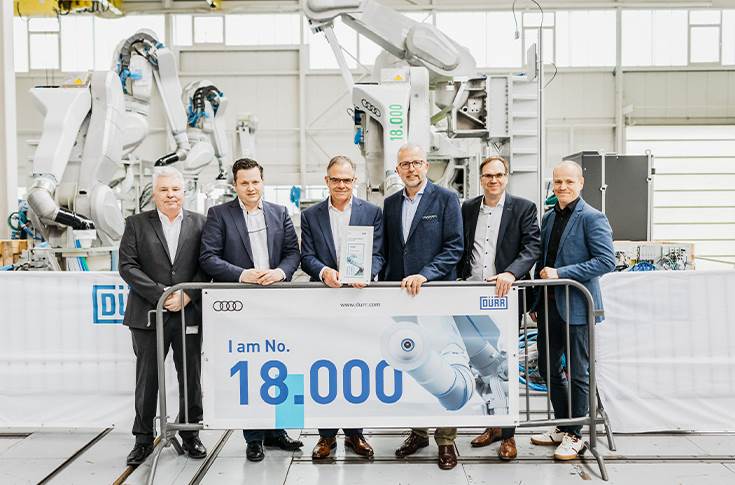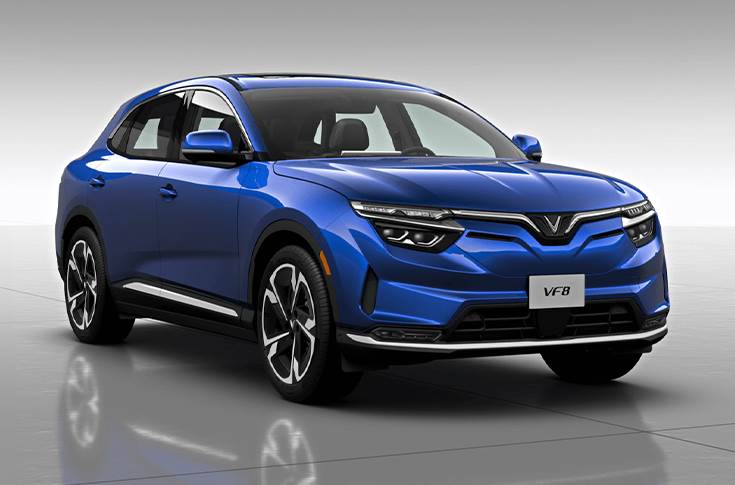Pune-based Automotive Research Association of India (ARAI) has a lot of plans meant for the benefit of consumers. Outlined by the Automotive Research Association of India (ARAI), these signal a significant stride towards enhancing consumer trust and transparency in the automotive industry, particularly in the realm of electric vehicles (EVs) and safety standards.
For example, post-May 2024 when a consumer buys an EV, they will be able to get the real-world driving range details of the vehicle under consideration.
ARAI is planning to upgrade its testing abilities and take advantage of the opportunities presented by connected vehicles and 5G. For this to happen, it has set aside a budget of Rs 200 crore to bring the testing agency’s protocols up to global standards and improve its existing testing capabilities for EVs. That’s not all. For its ADAS journey, ARAI currently uses a database of Indian driving conditions compiled by over 5,000 volunteers for digital benchmarking and ergonomic studies.
The premier agency undertakes preliminary tests for BNCAP at their crash test facility in Pune, which works in tandem with Indian and UNECE crash standards, offering full-frontal, offset frontal, side, and rear impacts.
The lab also provides for pole-side impact and crumple zone optimisation, airbag ECU calibration, post-crash fuel leakage evaluation, and benchmarking testing conducted where instrumented crash test dummies and child dummies are provided.
At the recent SIAT technology show in Pune, ARAI’s Director, Reji Mathai, discussed his plans to accelerate India’s transition to electric mobility and make ICE products carbon neutral.
Will regulatory changes continue to disrupt OEMs like last year? What is your guidance to the OEMs or component makers they prepare for the time ahead?
All regulatory changes that have taken place in recent years have been thoroughly discussed and have not been made in an autocratic manner. Concerns such as battery life durability, M1 crash norms, and other ongoing issues are carefully considered before any regulatory changes are made.
I would like to share with you that all stakeholders involved in the industry have a clear understanding of the situation. Challenges come when we are implementing the regulations.
For this purpose, we have a detailed stakeholder meeting process. ARAI also has the Modified Indian Drive Cycle (MIDC) for testing the real-world range of EVs for which we ensure that all stakeholders are informed, consulted, and their views incorporated in the final decision-making process.
Currently, the Modified Indian Drive Cycle (MIDC) test of electric vehicles is at half of the MIDC cycle, so there is a gap between the range calculation and what the customer actually gets on the road, which is the real-world driving range. Your thoughts?
In my view, post May 2024 when a consumer buys an EV, he will get a real-world driving range. The plan from the government is to assist the Indian EV buyer in making an informed decision at the time of purchase. To bridge the information gap, we are going in for a full MIDC test regime, which has be made compulsory post May-June 24.
Although the notification is not yet out, from our side we are already ready and giving the results for the upcoming full MIDC to various OEMs. The government has also asked to understand the impact of air-conditioning on the range for which we are collecting the data.
Once the data is collected it will be presented to the OEMs so they will know the impact of the tests on the claimed range. We know OEMs will be affected by these numbers. So once for both, we will have stakeholder consultations and transparently share the results with the OEMs. We are also developing a new Acoustic Vehicle Alerting System (AVAS) for EVs to tackle the issue of EVs being silent. This system will be introduced across the electric vehicle segment when all its tests and permissions are completed.
What are you doing to speed up the process of awarding eligibility certificates, considering that out of 90 odd applicants, only a few have been able to get their clearances?
There is a 90-day window for eligible applicants to apply. During the pre-check process, we inform the applicants of the requirements, but there are still some gaps.
Sometimes, applicants may ask why we can’t make a decision, even though there are gaps. In our view such decisions are ethically, morally, and scientifically incorrect, as it goes against the guidelines set by the ministry to which we have to adhere. If we find any mistakes, we will let the applicants know, and will also notify them if we are unable to obtain specific data.
And finally, we are monitored by government agencies such as CAG, which examine our data, there is no scope for any leeway. If the paperwork is good, we can clear it in less than 30 to 45 days, as you have seen in the case of Ola Electric, M&M, Toyota Kirloskar Auto Parts, Sona Comstar, or even Tata Motors.
In PLI Auto, there is reluctance among various component makers to share their localisation, which is slowing down the PLI process. Your comments?
If some large OEMs and component makers have got it right and got the certification, I must say the devil is in the details. It depends upon the relationship the OEMs/component players have long-term with their leading suppliers to be transparent with the company and regulator. It is in their long-term interest that the OEM excels and gains from government schemes, and up to the OEM to bring such Tier I’s documentation in sync with the government DVA compliance norms.
How many PLI auto certifications are you aiming to give out?
We plan to give out at least 17-19 certificates, and in the next two to three months, we could give out eight to ten certificates to existing and new OEMs or component makers.
What’s happening on the BNCAP roll out?
We are not only expecting other manufacturers to come for testing but also various automakers to introduce new product offerings for their customers, and as safety is number one on the consumers’ mind, they would want to bring it for BNCAP to showcase their build quality and ability to withstand the impact of the testing regime.
From a testing perspective, OEMs need to have at least 20 cars that they send to various dealerships, of which the CIRT Central Institute of Road Transport (CIRT) makes the selection of which one to take for final crash testing.
When the E20 rollout is complete by 2025, what will its impact be on the CAFE norms, as current calculations are based on e10 norms as the base? How will this affect several OEMs who are on the borderline?
As a general observation of the CAFE norms, the government has provided clear-cut guidelines for the same, and corporations are penalised for violations of the norms, which currently apply to passenger vehicles.
We find that some players are seriously looking at CAFÉ and some of the cases are on the borderline. The latter may have to step up their efforts.
Currently, E10 norms are used as the base. We are deliberating with the government as to how the calculations will change, when the industry migrates to e20 as a fuel by 2025.
For the calculations to be fair, ARAI is completely aligned with the needs of the industry, and we will have detailed discussions and consider the industry’s concerns.
This interview was first published in Autocar Professional’s June 15, 2024 issue.










